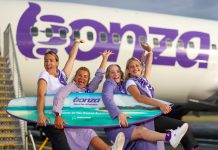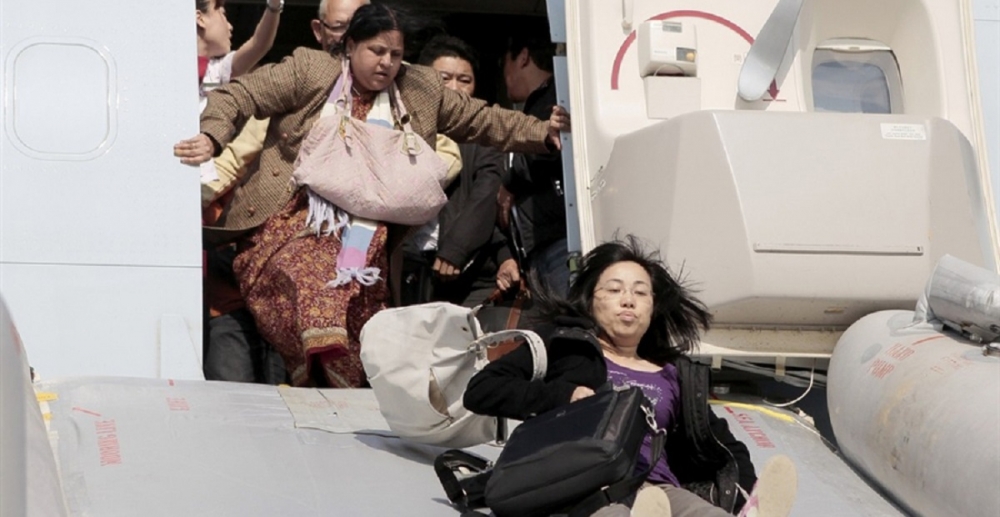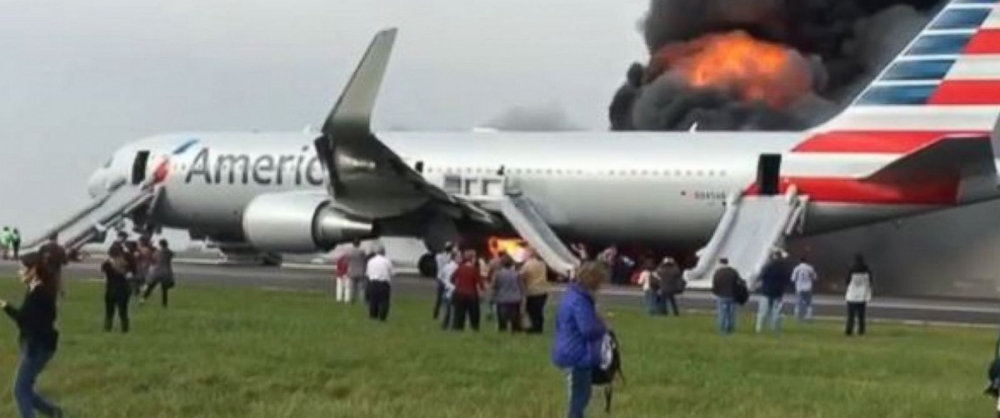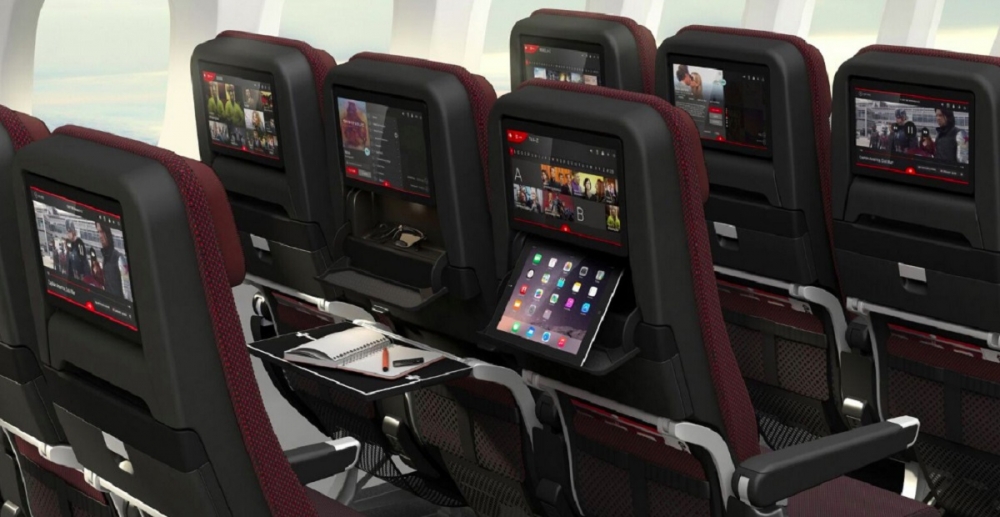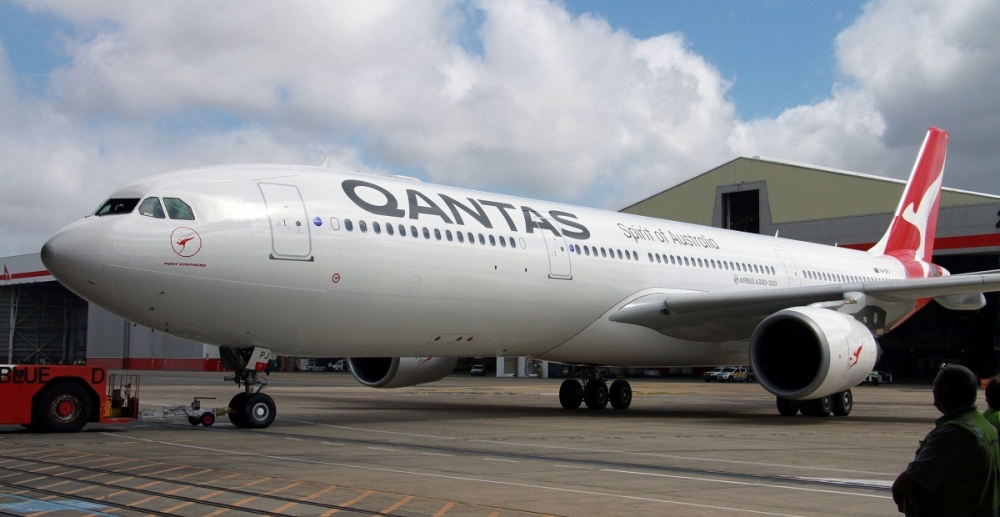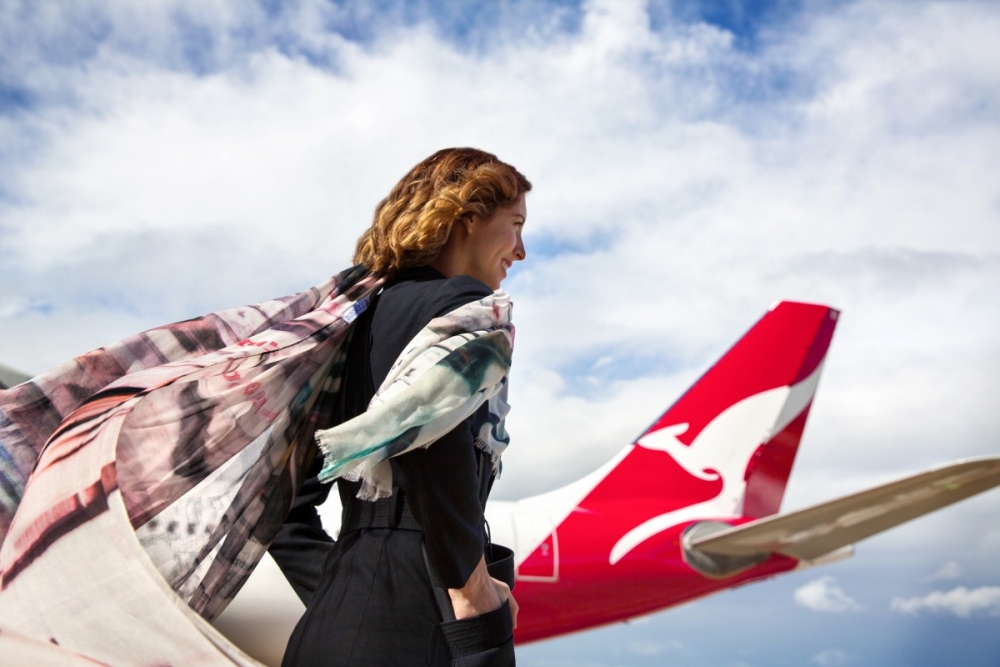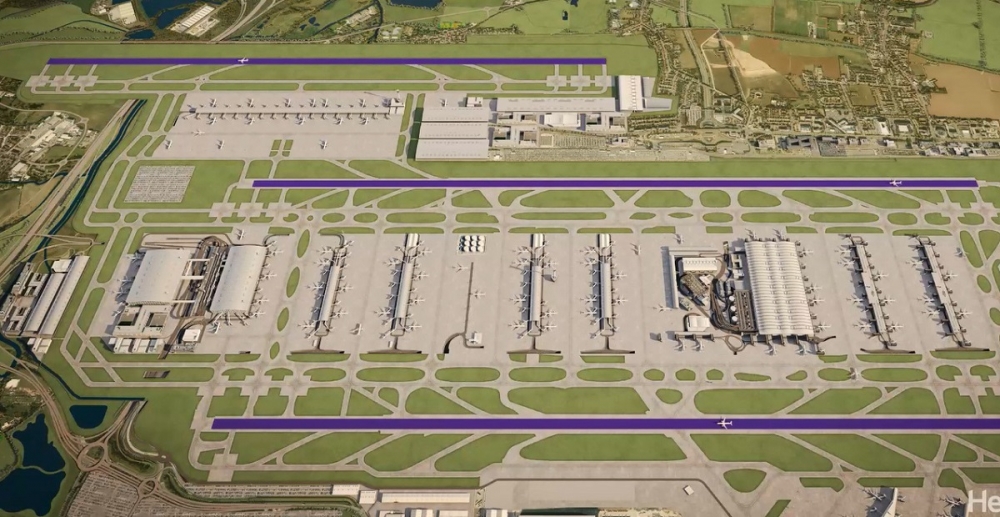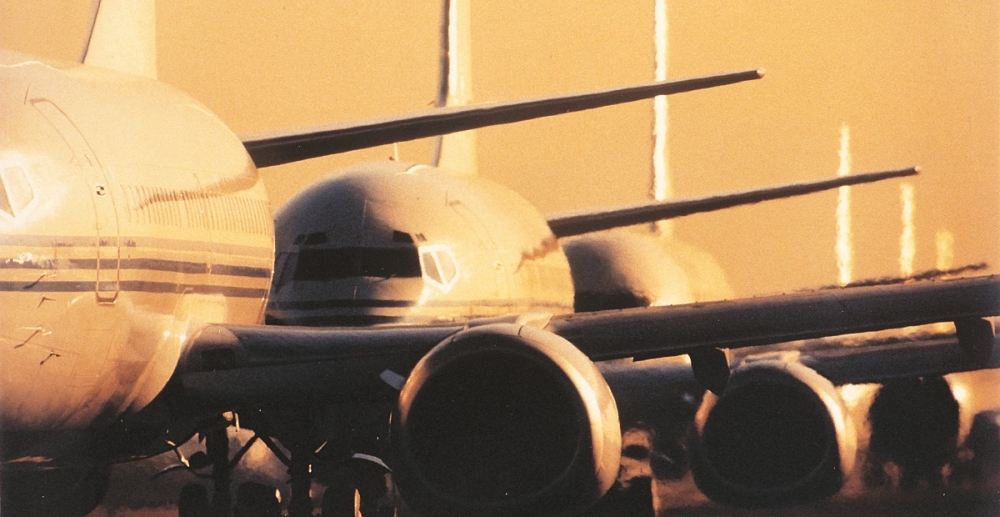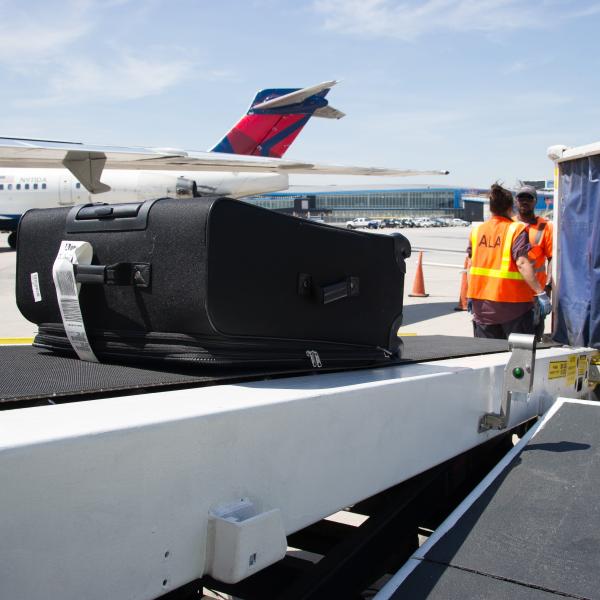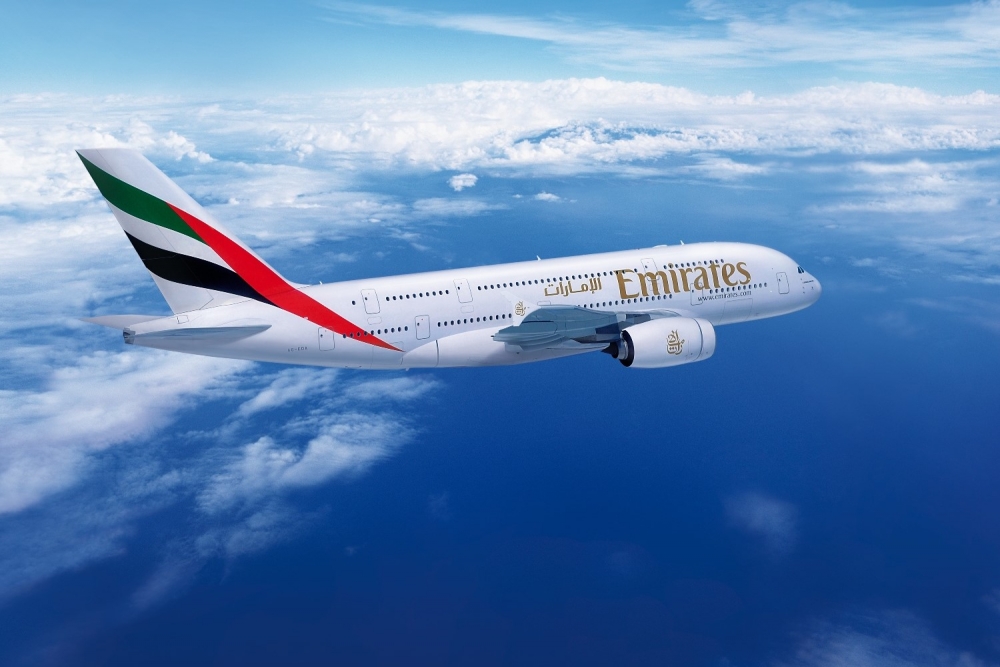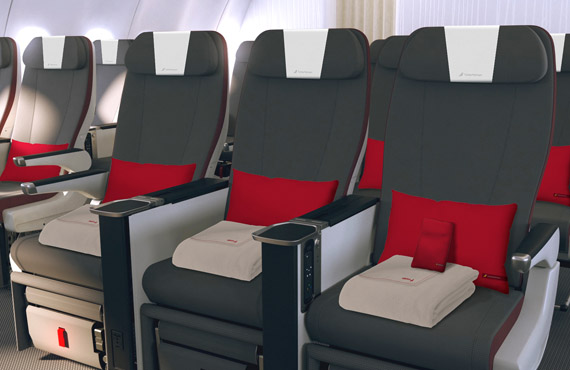Airfares would have to triple if aviation regulators were to re-certify aircraft to the reality of recent chaotic passenger evacuations.
The evacuation of the burning American Airlines Boeing 767 at Chicago airport on Friday is a carbon copy of the accidents over the past few years with most passengers carrying their baggage with them.
MH370: New evidence confirms spiral dive
Passengers are risking their lives, and those of fellow passengers, with the obsession of taking cabin baggage with them in an emergency.
Aircraft are certified on the basis of all passengers off in 90 seconds with half the exits out of use.
The stark reality is it takes three times longer – and sometimes more – with passengers slowing the process by grabbing bags.
In the evacuation certification tests, the “passengers” are aircraft manufacturer employees who know the drill and they have no baggage.
If regulators were to re-certify the long-range Boeing 777 to the reality of what actually happens, the 550 exit limit aircraft would have to be recertified to just 183 passengers – half its typical load.
But for smaller aircraft such as the widely used A320 – and Boeing 737 – which has an exit limit of 195 and a typical configuration of 180 mostly economy passengers the impact would be devastating with a new limit of just 65.
That would mean a tripling of airfares to make the aircraft economically viable.
The impact on the industry and the world economy would be devastating but something needs to be done before hundreds die in an aircraft evacuation.
And authorities are already stirring. Last year after a British Airways incident at Las Vegas the highly respected British Civil Aviation Authority issued a blunt warning to its airlines: Stop passengers taking their hand luggage off with them in an emergency evacuation!
This is how passengers evacuated in the Airbus A380 certification test.
The airline industry needs to take decisive action, perhaps by locking overhead lockers for takeoff and landing, to prevent passengers taking their baggage with them after a plane crash.
Or an extreme measure would be to ban carry-on baggage other than a small bag such as a back pack.
It is sobering to consider that it quite often takes 40 minutes to board a plane because of passenger/ baggage congestion.
Not only does taking your baggage dramatically slow the process, there’s a distinct possibility that the bags with protruding metal parts will snag and then deflate the escape slides — rendering them useless.
And in the scramble to get overstuffed bags out of lockers, passengers may be knocked out and the aisle blocked for precious seconds.
There is also the very real prospect of passengers jumping on to the escape slide with their bag and knocking themselves or another passenger out, or even killing them.
Duty-free alcohol is even more lethal because if the bottle breaks there is flammable liquid everywhere, not to mention broken glass.
In a related development, passengers in these disasters are turning them into social media events by taking video and pictures and then trying to be the first to upload the images to Facebook or Twitter.
Complicating matters airlines are not enforcing carry-on baggage limits for competitive reasons, says Steven Reed, National Industrial Officer with the Flight Attendants Association of Australia.
“There is a very real potential for a catastrophe,” Mr Reed told AirlineRatings.com.
The combination of passengers not listening, larger and heavier bags and more aggression and defiance from air travellers is a perfect storm, suggests Mr Reed.
Tragically, it will take a disastrous evacuation with multiple deaths for the industry to act.




